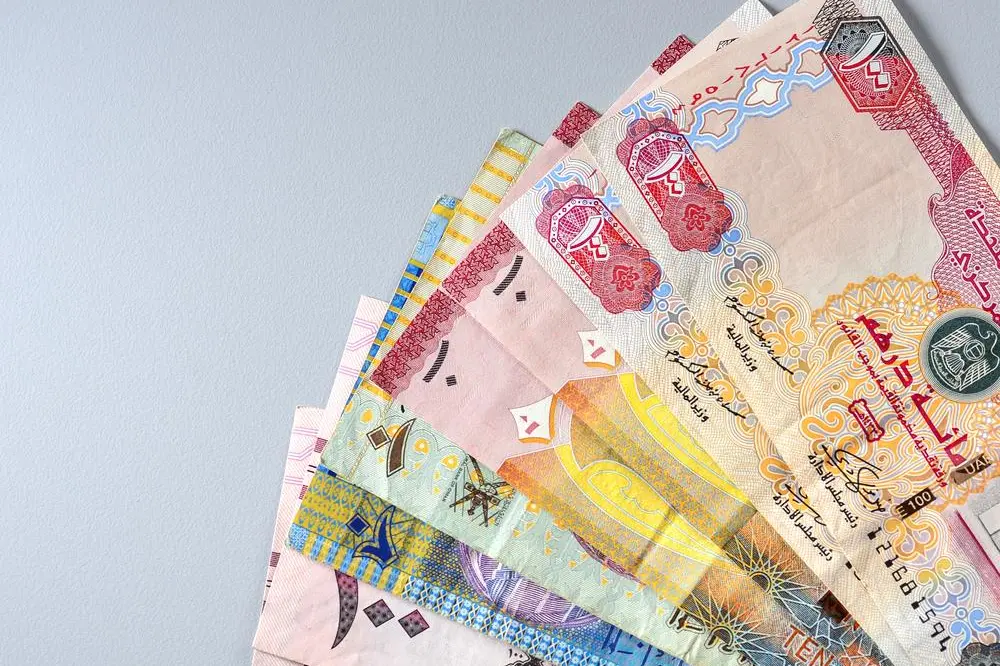PHOTO
The outlook of Gulf Cooperation Council (GCC) banking systems is stable for next year driven mainly by strong capital buffers, solid economic growth and substantial liquidity, according to Moody’s Investors Services.
"Government spending programs will push average non-hydrocarbon GDP growth to 2.6 percent in 2020, providing favourable operating conditions for the region's banks," said Nitish Bhojnagarwala, Vice President - Senior Credit Officer at Moody's.
"Declining interest rates will start to pressure banks' net interest margins but margins will remain strong compared with global peers." he added.
The stable outlook is for all GCC banks, except Oman, for which Moody's maintains a negative outlook. The sultanate’s asset quality is expected to weaken as lower government spending due to subdued oil prices will constrain banks' access to funding.
For the overall GCC banks, capital is set to remain stable at a high level. At the end of 2020, Moody’s expects non-performing loans to slightly rise to 3.5 percent from 3.3 percent in 2019. The ratings agency forecasts to see new problem loans in the construction and real estate sectors.
(Writing by Nada Al Rifai; editing by Mily Chakrabarty)
Our Standards: The Thomson Reuters Trust Principles
Disclaimer: This article is provided for informational purposes only. The content does not provide tax, legal or investment advice or opinion regarding the suitability, value or profitability of any particular security, portfolio or investment strategy. Read our full disclaimer policy here.
© ZAWYA 2019











